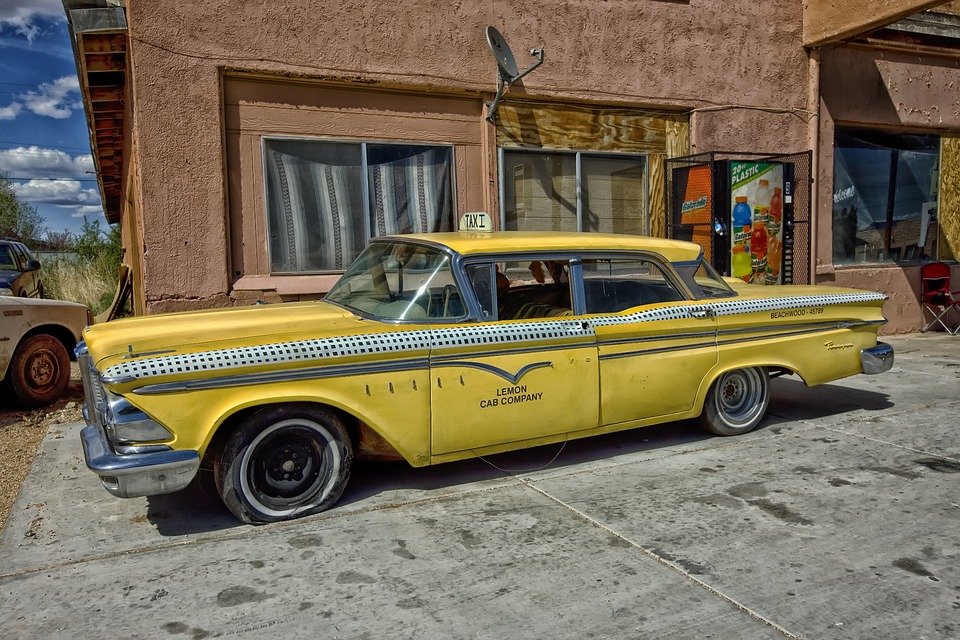A modern taximeter is an important digital instrument calibrated to measure the distance and/or time a taxi travels during its rental period. It allows a precise pre-determined fare structure to be programmed and can also be locked to prevent tampering. In most countries and especially in the UK, fares are set by the local authority in the area, and taxis are licensed to operate. Contrary to what many people think it is not set by the taxi companies themselves.
The local licensing officer is responsible for making sure that the prices at the counter are set correctly and that everything is working properly. Many officers will do spot checks on the taxis to check that everything is in order. A very important reason to use only licensed taxis, when you need to avoid unregulated and illegal small taxi companies.
Originally invented by German inventor Wilhelm Braun in 1891 taximeters were mechanical devices placed on the outside of the vehicle above the front wheel. A subsequent modification moved them inside the same taxi. The filter mechanism with its infamous sound is found in taxis all over the world. There is evidence of a simple taximeter in Roman times based on the rotation of a wheel, a ball-firing device. We can assume that at the end of the flight the customers paid a lot for each ball fired.
The taximeter is an essential device for both the taxi driver and his passengers, it ensures accurate fare calculation for any trip to be taken. Therefore, it is important when hiring a taxi to make sure that the meter is turned on at the beginning of your journey. That is, unless you’ve pre-agreed to a set fare for your destination, which is always a good idea for long trips so everyone knows if they’re standing right from the start.
